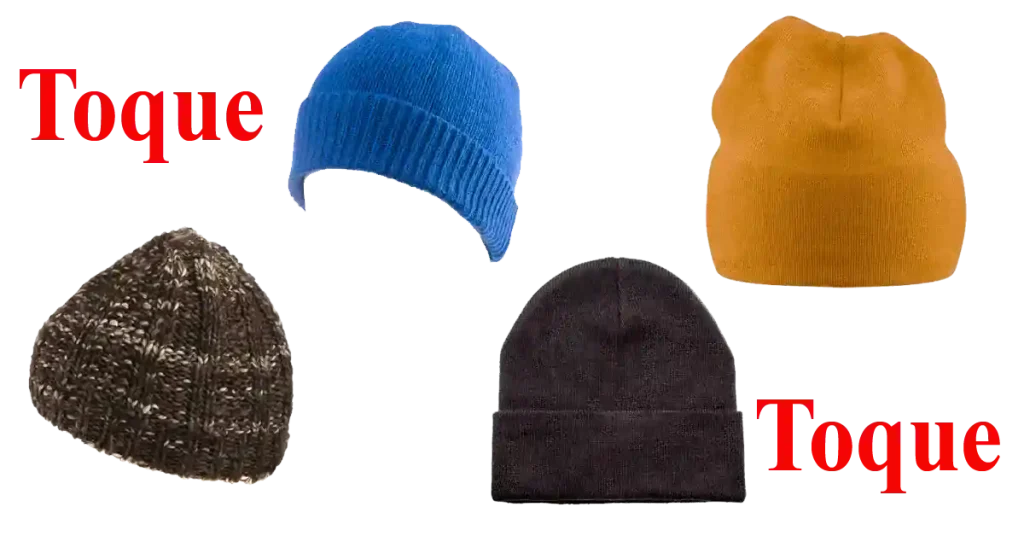Which material provides warmth even when wet?
The material that provides warmth even when wet is wool. Wool is a natural fiber that has many qualities that make it ideal for cold-weather clothing. It is naturally water-resistant, so it doesn’t absorb as much water as other materials, such as cotton. This means that even when wet, wool still traps air, which helps to insulate the body and keep it warm. Wool is also a good conductor of heat, so it helps to distribute body heat evenly throughout the body. Additionally, wool is naturally odor-resistant, so it can be worn for long periods of time without becoming smelly.
Here are some other materials that provide warmth even when wet:
- Down: Down is a type of insulation made from the feathers of geese or ducks. It is very light and fluffy, and it traps air very well, making it an excellent insulator. Down is often used in sleeping bags and jackets.
- Polypropylene: Polypropylene is a synthetic fiber that is also water-resistant and breathable. It is often used in base layers and activewear.
- Neoprene: Neoprene is a synthetic rubber that is used to make wetsuits. It is very water-resistant and provides good insulation.
When choosing clothing for cold weather, it is important to choose materials that will keep you warm even when wet. Wool is the best overall choice, but other materials, such as down, polypropylene, and neoprene, can also be good options.
Here are some tips for staying warm when wet:
- Layer your clothing. This will help to trap air and keep you warm.
- Choose materials that are water-resistant or waterproof.
- Avoid cotton clothing. Cotton absorbs water and loses its insulating properties.
- Stay dry as much as possible. If you do get wet, dry off as soon as possible.
- Drink plenty of fluids. This will help to prevent hypothermia.

